Prologue to the
history of Barotiwala
Around 1790 East India Company was expanding its financial control by buying out the land for business and industrial development. Hindu families along with many Muslim families were forcefully moved out from Ganga Sagar, Patna. Whereas the Hindu families consisted of traders in fabric, cloth and items of daily needs apart from banking activity, the Muslim families primarily were engaged in gold, silver and jewellery. There was total harmony between the two sects. A peaceful migration took place and they came and settled in Siswan, a then bustling township (Mandi) of Northern India.
From 1790 to 1868, there was total harmony between the Hindus and the Muslims where both took pride in their profession and were content in their trades.
Hastinapur was the capital of India since the Mahabharat days, but it deteriorated by the era of Bahadur Shah Zafar. But the business centre of Northern India for “riyasts” of Pataila, Nabha, Maler Kotla, Nalagarh, Ropar, still remained in Siswan. The bilateral trading extent was up to China, through Theog, Chandi, Patta, Khadli. “Tajaar” was collected from all these places and brought to Siswan, where further trading towards Amritsar, Panipat, and Delhi was active Sometime around 1875, a slump came into all activities in Siswan and a continuous drop took place. There was a disturbance where the traders were attacked and robbed. Tribes from the North attacked the plain areas as well as hill states controlled by small royal kingdoms. Initially, Maharaja Ranjit Singh took over the responsibility to provide safe passage which was later transferred to Maharaja of Patiala.
Around this time the British Government began the work of laying a railway line from Delhi to Ambala onwards towards Shimla. The line from Ambala was planned and started work through Siswan, Patta, Mehlog. At Kuthar, the progress failed and the track had to be changed through Kalka.
The loss of trade, due to a change in direction of the railway line and simultaneously hit by deathly plague, the downfall of Siswan began. There was a further disturbance by British-supported traders which further added to the woes of Siswan. Not only business was hurt, but the British also divided the Hindu and Muslim families which resulted in robbery, rape and murders. The so-called brotherly relationship between both communities came to an end.
Due to massive losses in business and also to keep women and children safe from racial attacks, suicides became rampant. The plague was the final nail in the coffin of Siswan.
(Post-independence till 2002, Siswan remained a ghost town. It is only after 2003, roads and transportation opened out.)
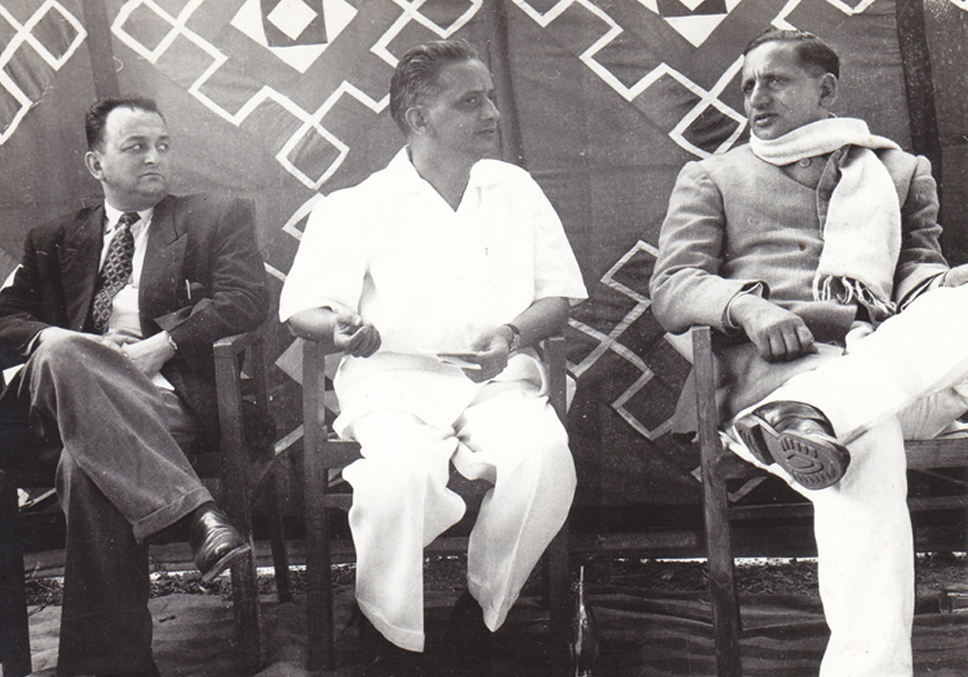
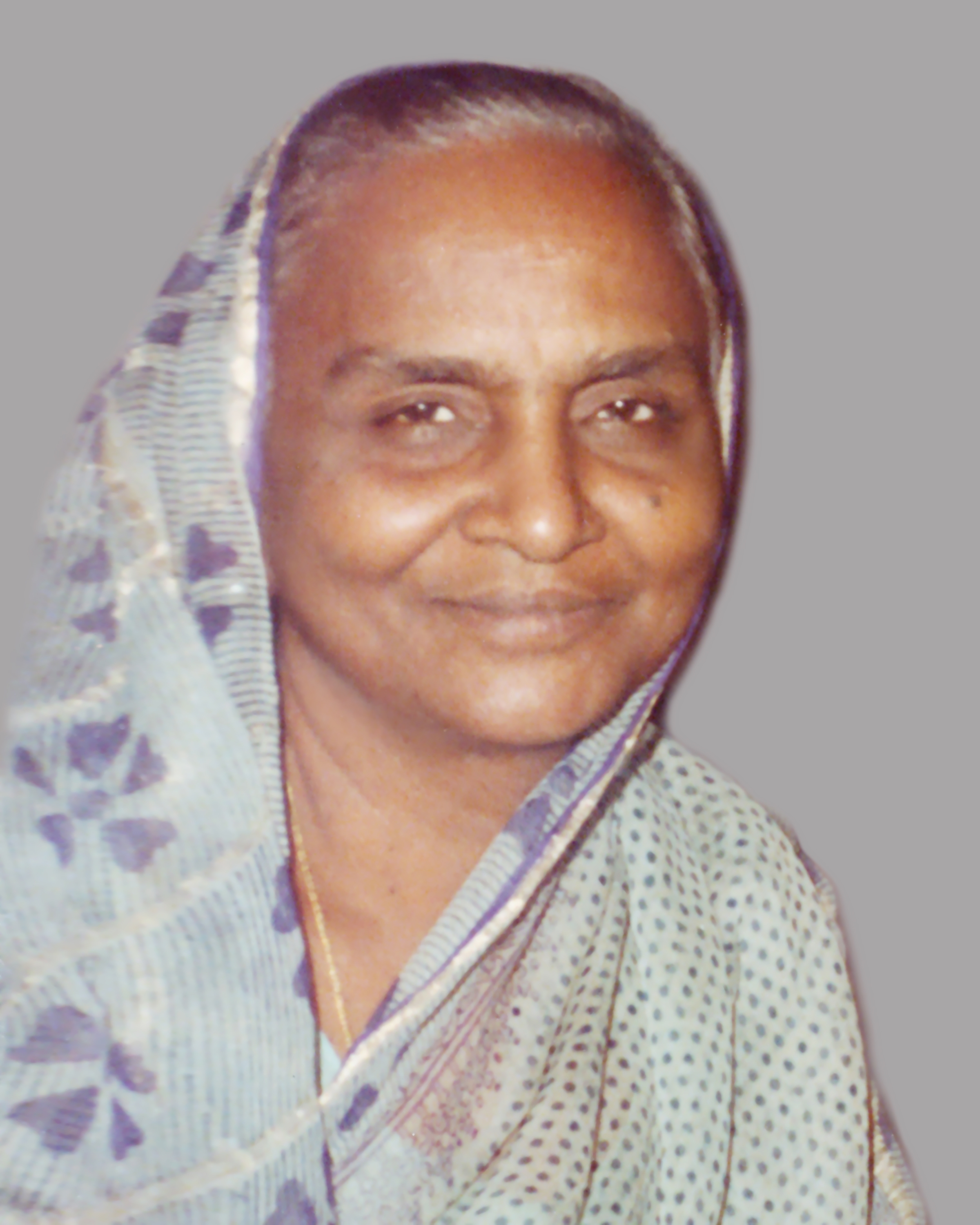
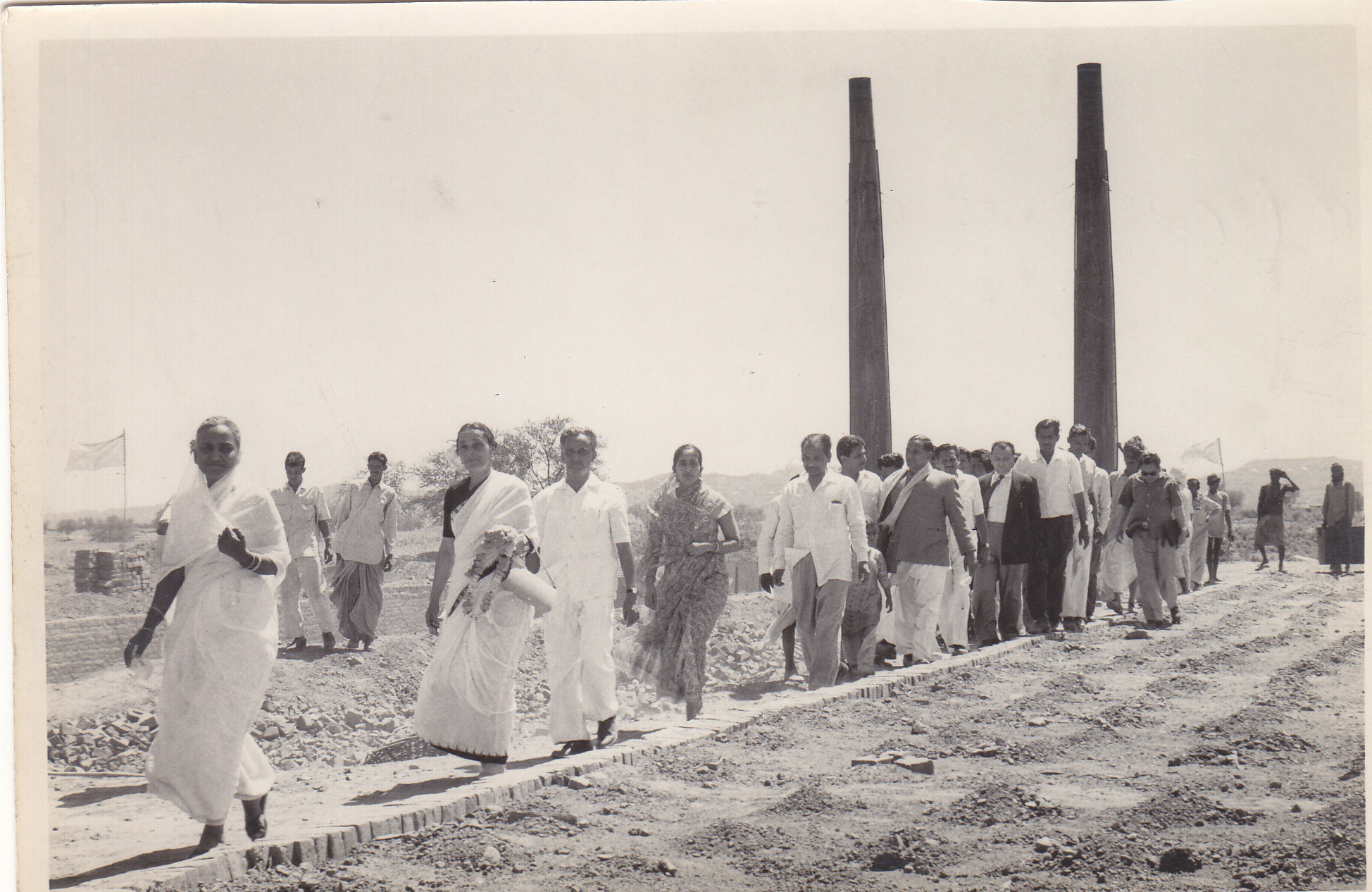
The Beginning
Of Barotiwala
During these turbulent years, there were five brothers who were descendants of initial migrants from Ganga Sagar. As the family history goes, the family faced heavy losses and was debt-ridden. The eldest brother decided to end his entire family. He made “laddus” with poison to feed his brothers. Somehow, he changed his mind, maybe it was sinful to commit suicide or murder his brothers. The common method was getting someone to cut your throat. He went to the fields and paid a butcher to kill him.
Upon his death, the remaining brothers cremated him. When they came home, hungry and seeing the laddus, they all succumbed to the poison in the laddus, except for the youngest brother Gattu Mal. Since all businesses of money lending and trading of cloth had run into losses Gattu Mal and his wife migrated to Barotiwala and began to struggle again by selling pickles to hilly states towards Patta up to Theog and beyond. He took on his young brother-in-law, Ram Lal, as a partner. The business went to expand into general trading and success was inevitable due to honest dealings. In a few years, Gattu Mal’s son Nathu Mal had grown up and joined the family business.
Barotiwala got the only post office in the entire Mehlog Rajwara, with Gattu Mal at the centre of development. Ekadshi, Nathumal’s wife bore ten children five boys and five girls. The fourth son in line was Chintamani. Nathumal passed away when Chintamani was only 6 years old. He was brought up by his elder brothers and their wives. The brothers though brought him up with great love, they always challenged him to study and achieve scholarships for every class he went up. Since the school in Barotiwala was only up to class 8, he was sent to Kotkhai, which was under British control, and the only school which offered Matric in Himachal.
The Industrialisation
Of Himachal Pradesh
The founders of the Industrial Himachal were none other than Chintamani and his wife, Nirmal Devi.
The history goes back to the years when Chintamani was sent to Kotkhai to do matric. The principal of Kotkhai seeing young Chintamani outperforming all in Kotkhai, challenged him to show his mettle among the children in plains. He immediately took a school leaving certificate and joined Ropar High School, where he again outperformed all. Chintamani was sent to Lahore for further studies by his brothers, where he acquired continuous scholarships to study all the way up to a master’s degree in economics.Sometime in early 1940 Subhash Chander Bose came to Lahore College and gave a scintillating speech provoking the youth to fight for freedom. Being a very successful student Chintamani was already a senior member of the Indian Students Federation wing. As soon as slogans against the “Union Jack” were raised, many students with Chintamani as their leader were arrested and jailed. His elder brother Munshi Ram got the news he rushed to Lahore and got the lot bailed out.
At the same time Chintamani came across Kameshwar Pandit, another student from Himachal who was to become a lifelong friend and also the leader of the Communist Party of India, Himachal State. Kameshwar played an extensive role in mediating meetings with senior Government servants in the industrialisation of Himachal Pradesh.Post his marriage in 1948 with Nirmal Devi, he indulged in business but somewhere in the back of his mind was to enter politics. He stood for the 1951 elections as an independent candidate from Arki Constituency but lost. A lot of family money had been spent in electioneering. The loss weighed heavily on his and his wife’s mind. As a mutual decision, they gave up political dreams and returned to Delhi where they managed to start a small business of repair of Loudspeakers.
The business eventfully thrived and by 1958 all loans and debts had been paid. Chintamani had expressed his wishes to his wife that he would like to give back to his roots in Barotiwala. To help the youth in the family he started to bring in his brothers’ and sisters’ children to Delhi and teach them skills of manufacturing with the hope that they will rise to become small-time entrepreneurs for the industrial growth of Barotiwala. In the long run, the dream to educate did not really take off as by and large not only in Barotiwala but in the entire Himachal, the youth is only interested in Government service or being a small-time trader in their local village. Very few Himachalis even today have become successful businessmen.
In the early 1960’s, the prime spot or the landmark of Barotowala was the Mahajan House, a stone house of the five families of Shri Nathumal. The stone house was visible from kilometres distance. The cousin family of Ram Lal had their house on the opposite side of the lane which also housed the lone Post Office, which gave the title Village and Post Office Barotiwala. The nearest post office even in the early sixties was Pinjore. Baddi hadn’t seen the light of day. It was a cluster of a few houses lost in time. Chintamani had extensive connections in the Himachal Government through his electioneering days and a very strong connection through Kamehswar Pandit who had by that time achieved a very strong stature in the Communist Party’s Himachal wing. An effort was made to convince the Himachal Government to create an industrial estate in Barotiwala. Chintamani himself was keen to start a canned fruit industry apart from his regular business of public address equipment The question that came up was when there is no electricity or source of water supply how can the industry survive in Barotiwala? Chintamani initiated the process of bringing electricity to Barotiwala on his personal guarantee to ensure minimum consumption set up by the Electricity Board.
To solve the water problem he requested the Government to survey the land to check for underground water. The chief engineer so deputed either did not have the knowledge or was just plain lazy. His report to the government said that there is no possibility of underground water nor the soil is conducive for growing fruits such as grapes etc. Chintamani not accepting the negative report purchased the entire drilling equipment at his own cost and started to bore a well at Sansiwalan, a small village adjacent to Barotiwala. The bore was successful, diesel engine-driven pumps were fitted and water started flowing out of the well.
Now Barotiwala had its electricity and water for an industrial estate. Chintamani once again approached the Government for an industrial estate. The new limitation that came up was that there were no bricks by which factories can be built. Not accepting defeat, he initiated a brick kiln in Buranwala, a village between Barotiwala and Baddi, as the clay there was suitable for bricks. He needed water for moulding clay into bricks, for which he bored another well in Buranwala too. To everyone’s surprise, this bore turned out to be an artesian well. In 1963 the brick kiln was inaugurated with a very large gathering, a sight which had never been seen in Himachal. Industries Ministers Thakurs Hari Das and Karm Singh officially announced Barotiwala as the first industrial estate of Himachal.
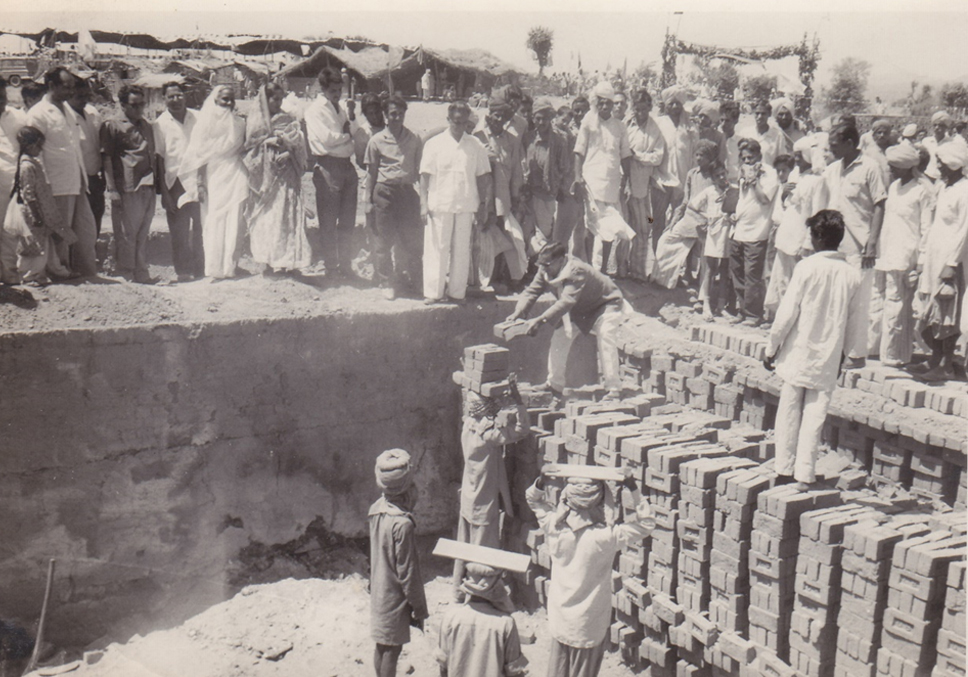
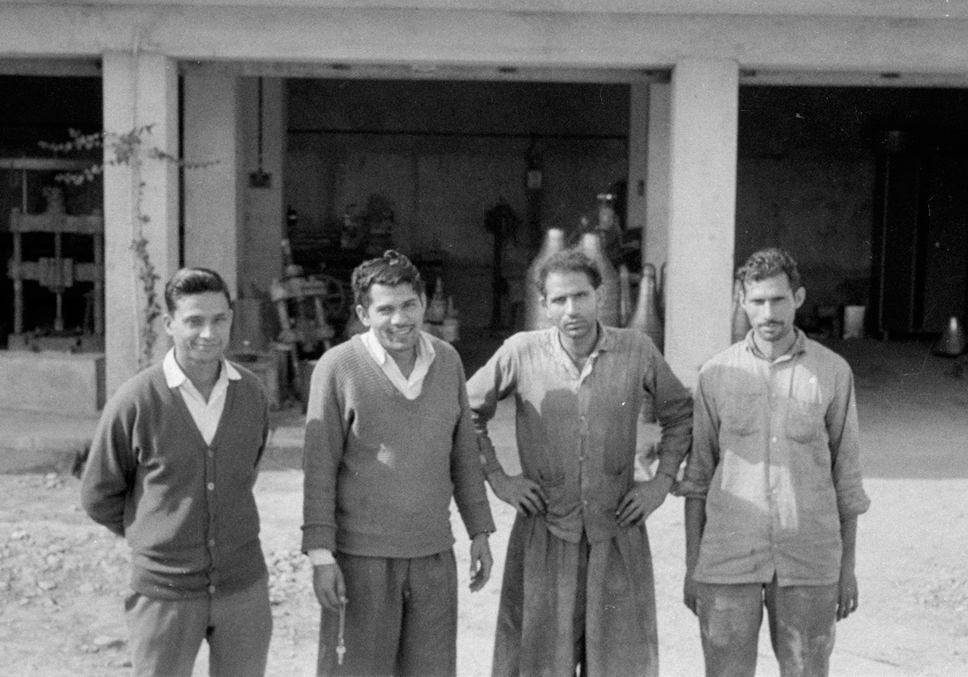
First industrial factory in Himachal Pradesh
1963, First industrial factory in Himachal Pradesh and some of its employees As were his plans to build a fruit canning plant, the Himachal Government allotted the first two most premium plots in the new Industrial Estate to him. Chintamani being a simple hardworking honest man didn’t really know how to build a large industry. He got conned by a business partner who only wished to sell the quotas at a premium. Tin plate used to can fruit was a premium product in Delhi. His partners wished to use the quota to sell tin plates at black market rates which were not acceptable to Chintamani. He maintained that he was not out to make money but establish work opportunities in Himachal. The plans for a canning factory came to halt and a legal battle ensued with the partners. With legal issues which ran into two-three years and the brick kiln making losses, Chintamani started to lose heart. There was no support coming from the youngsters in the family nor the residents of Barotiwala were enterprising enough to take advantage of the schemes and subsidies being given by the Government. The plots were taken up by entrepreneurs from Punjab, Haryana, Delhi and a process of milking the government started by over-pricing machinery input and then vanishing. Sometimes at the end of 60’s decade, the government felt that Barotiwala was not successful because it didn’t have a railhead.
Parwanoo was declared the next industrial estate of Himachal. It was a successful decision but within a few years not only Parwanoo was saturated but demand for large industrial plots led to the development of Baddi. As areas around Barotiwala were more undulated, Baddi was the choice for acquiring large tracks of land. Barotiwala got left behind though the industry still exists but in small ventures. However, all said and done industrialisation of Himachal had become a reality and Baddi today is the largest pharmaceutical hub in the world.
Shri Chintamani did not live to see the success of his efforts but his wife built many charitable institutes in his memory. A very successful school runs where the brick kiln was once and the building where the first factory of Himachal was made is today the Primary Health Centre, Barotiwala.

On the march led by Smt Nirmal Devi followed by Sh Chintmani

Towards inaugration

Thakur Haridas helping loading of the kiln

Program introduction

Brick that started develpment of Barotwala

First factory in Himachal

Primary Healthe Centre

Stadium Inaugration

First factory now Primary Heath Centre

Shanti Sthal

1988 Community Centre building

Primary School Block

Tricolour at the School

Road in Barotiwala for Street lighting plan 2008

15th August celebrations at NIrmal Chintamani School

Parade Inspection 2023